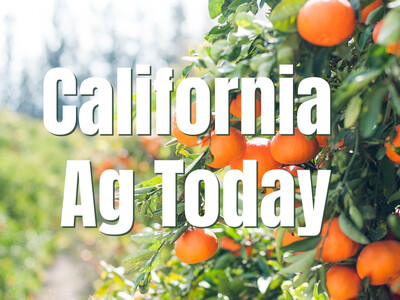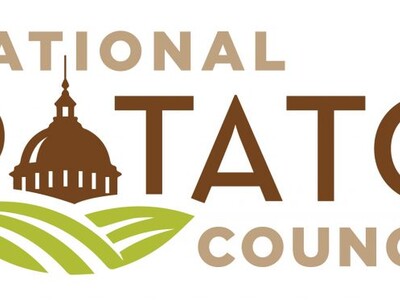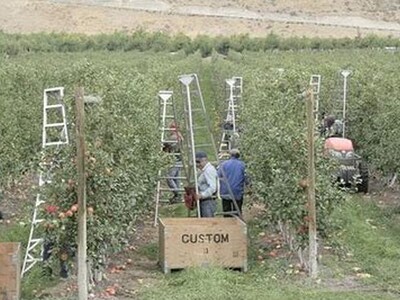Hop Harvest
Idaho Hop Harvest in full swing. Smokey skies hang over one of the biggest hop harvests in the Pacific Northwest. At Obendorf Hop farm outside of Wilder trucks started rolling in August and they’re still running sun-up to sundown. They'll keep this pace until workers cut the last vines and strip the hop fields bare.
“All and all, it’s a good to average year,” said Brock Obendorf. “Our baby crop was below average due to the wet spring. The Hot summer has brought some mites and it’ll be interesting to see how this harvest turns out.”
Idaho hop producers will take an average year after one of the most challenging growing seasons of the decade. They faced a cold, wet spring then a dry, scorching hot summer. But through it all, hop growers are optimistic in a very tough year. Thats because the craft brewer market has pushed hop demand to new highs and there's no end in sight. Obendorf says brewers wants the taste and aroma that hops bring to beer and they're constantly looking for new and different brews. “We’re now farming 2800 acres, we’re trying to keep up with demand. Our harvest is a lot longer because we planted more acres this year. But we should be done by September 25th, as long as the weather holds and we can keep the trucks rolling,” said Obendorf.
A report from Hop growers of America reported an 11 percent increase in production last year. The nation’s hop farmers grew 87.1 million pounds of hops and this years harvest could be close to that mark. The rise of American craft breweries and their heavy use of hops means each barrel uses 10-times more hops.
Because of that, Idaho hop growers now rank third in the nation and pushing Oregon for total hop acreage. This year producers strung a record 7,000 acres in hops in Idaho according to the US Department of Agriculture’s National Agricultural Statistics Service.
Brock Obendorf is the current president of the Idaho Hop Commission and he says to keep up with the craft beer demand, Idaho planted 15-hundred more acres than last year, an increase of 27-percent.
“There are more breweries every year and there’s a higher hopping rate in the craft beers, this new crop of brewers have completely changed the industry especially in the past five years,” said Obendorf
Obendorf Hop Farm and Idaho producers have no trouble finding a market for quality hops. “We sell to brokers out of Washington and from there they go all around the world, with all these breweries springing up it’s a competitive market, beer drinkers are always looking for the next great IPA," said brother and partner, Eric Obendorf
The grueling, month-long harvest is progressing at break-neck speed. Workers cut the 14-30 foot vines in the field and drop them onto waiting trucks. Once loaded, the trucks rush to a giant hop shed where the vines are lifted and stripped. The hops fall onto a conveyer belt and then sent to the giant dryers. They’re heated up to 140-degrees and then cooled to 70 degrees in a chilly warehouse.
“Once they’re baled they go to the processor or even directly to the brewer and added into the brew. Before that in our process we cool them off for 12 hours, we have a slot in the floor that we pump fresh air to cool them off faster. We have to cool them down before we bale them,” said Eric Obendorf.
The giant bales stand in the cool warehouse until they're loaded onto Washington bound trucks. Brock Obendorf says they pack different varieties and different grades of hops.
“We sell by the pound and it ranges everywhere from a $1.50 a pound to $6-bucks. Prices have been good, but this time of year they level off. And all the acres we put in to keep up with craft demand could level off the market but we won’t know until we get past harvest,” he said.














